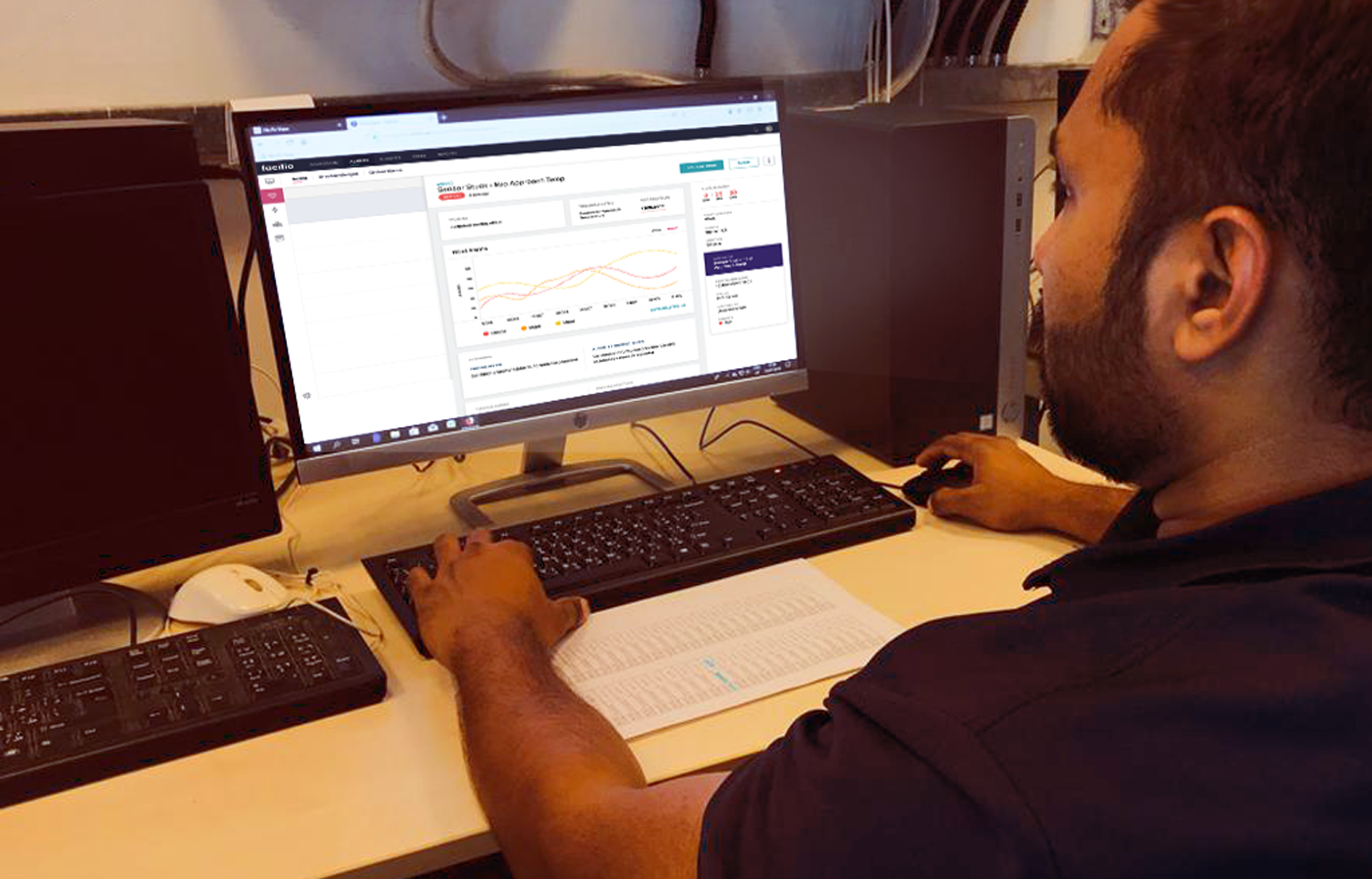
In our earlier post, we talked about how Connectivity can enhance the user experience in a Commercial Real Estate(CRE). But it’s also at the heart of optimal asset performance in your buildings. Let’s dig into this deep.
The ability to network and connect devices is a key enabling technology of our times.
Manufacturing and other heavy industries have already embraced the benefits of technology and are linking their hardware to enterprise-level platforms, that are leveraging IoT solutions to generate unprecedented efficiencies.
In fact, Industries 4.0, the much-celebrated and spoken of next-generation approach, is essentially based on assets being able to communicate and collaborate.
While such a solution can clearly optimize assets in buildings as well, the facilities management sector has lagged in the application of a similar strategy.
Buildings have contained numerous automation and software-based assets for some years already.
However, the creation of solutions that introduce unified platforms to create optimal performance of all related assets has not been pursued, until very recently.
We hear a lot of talk about Smart Buildings and Smart Cities these days. The enthusiasm that these solutions and shifts in perspective are introducing is, of course, very justified.
The idea of turning built spaces into a network of assets that work in tandem and cooperatively is an obviously great concept.
What puts the ‘Smart’ in these assets is, ultimately, being able to connect them and link them into efficient and high-performance Smart Cities.
What’s more, this approach makes a lot of sense from a commercial perspective as well.
Being able to gain a transparent and insightful view of an entire real estate portfolio, in real-time and as part of an intuitive and interactive system, empowers CREs and FMs in realizing maximum profitability and adding to the value perception of their properties, through outstanding occupant experiences.
Software platforms ensure repeatable excellence and strategic focus
The vast majority of contemporary CREs are limited in their ability to leverage real-time operational data, to enable predictive operations.
In the legacy model of FM operations, the diverse and multiple software and automation solutions being used in a building operate in isolated silos.
This lack of integration makes every building operate at far less than ideal efficiencies, and the cumulative effect of loss in performance and profitability is much worse at a portfolio level.
Fortunately, the solution to fixing these deficiencies can be found within the buildings themselves.
By leveraging the automation generated data, which lies unused in legacy models, facilities management operations have the ability to unlock massive value and operational capacities.
This same data, when contextualized and analyzed, can give CREs and FMs a means to manage and optimize their assets, making their operations predictive and rather than reactive.
Far from only being a less than ideal scenario, leaving this data unused and siloed represents an opportunity cost in real-time data-driven decision making.
Connectivity, on the other hand, enables predictive operations, which extend the lifespan and ongoing performance of high-value assets and form the basis for an agile, centralized, scalable and optimal business model.
Connectivity as a means of unified operations
Unlocking value within a CRE portfolio can be made possible by connecting all operational assets to a centralized platform.
Given the multi-vendor systems and their protocols, physical distances and diversity of assets, this is a challenge that can only be overcome through the means of connectivity.
While IoT based data collection and AI-driven analysis are the capabilities that generate the solution more obviously, their effect is entirely dependent on connectivity as the main enabling basis.
Whether it is leveraging Machine Learning to anticipate wear and tear or fault detection and create diagnostics framework, turn data into sights using AI algorithms, or provide an intuitive and interactive interface for workforces to operate at maximum efficiency, connectivity is at the core of all this systemic empowerment.
From pre-configured resolutions to real-time solutions, connected devices and contextualized data are the basis of a new and exciting way to unlock the maximum potential of an FM operation.
Adding high value at low cost
Perhaps what makes the connected building approach most exciting is that the solution is low cost and generates nearly immediate returns.
Very minimal additional hardware – sensors, some distributed processing power, and a central hub – can completely transform operational efficiencies and capacities.
The FM industry is inherently complex, with assets and technologies across multiple generations needing to coexist and work in tandem.
It is certainly possible to create entire Smart Cities that put enterprise-wide platforms and connectivity at the heart of their operations.
However, simply discarding the massive numbers of currently standing assets is definitely not an option.
The challenge of being able to optimize existing buildings cheaply and to their best potential might seem like an insurmountable problem at first.
Certainly, looking at the spectrum of solutions solely from the perspective of hardware retrofits places huge limitations because of the costs involved. What steps in to save the day is, once again, connectivity.
The ability to deploy hardware agnostic and enterprise-wide solutions is eventually made possible by the ability to connect assets to each other.
Connectivity is not just an integral aspect of software platform enhanced FM, it is the underlying basis that enables the entire approach itself.
